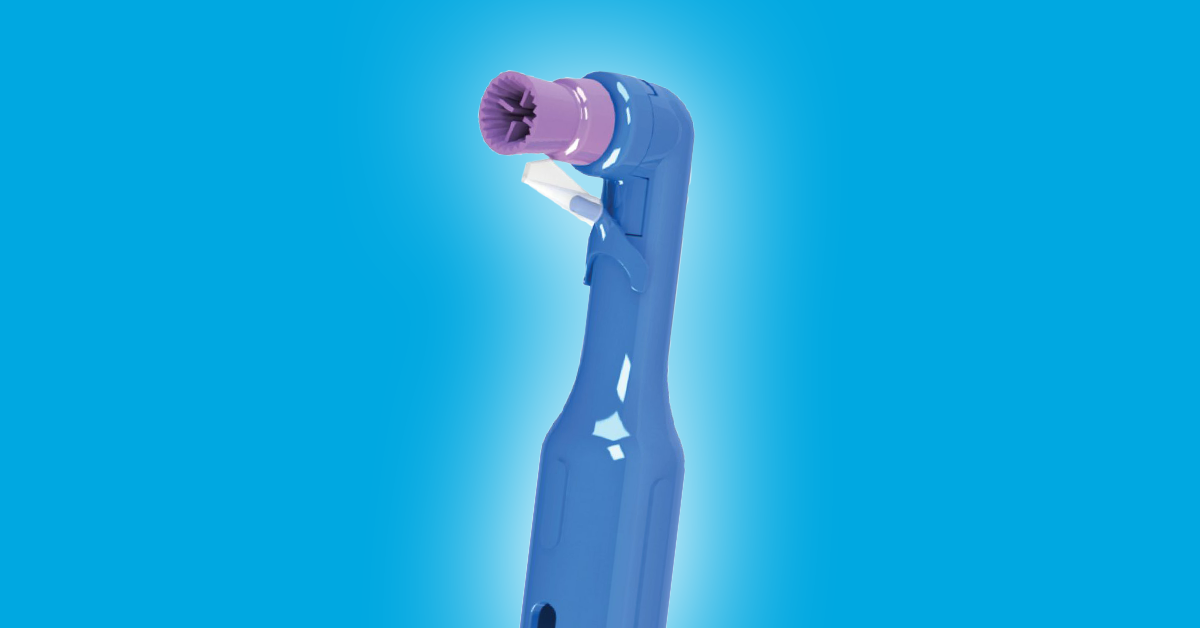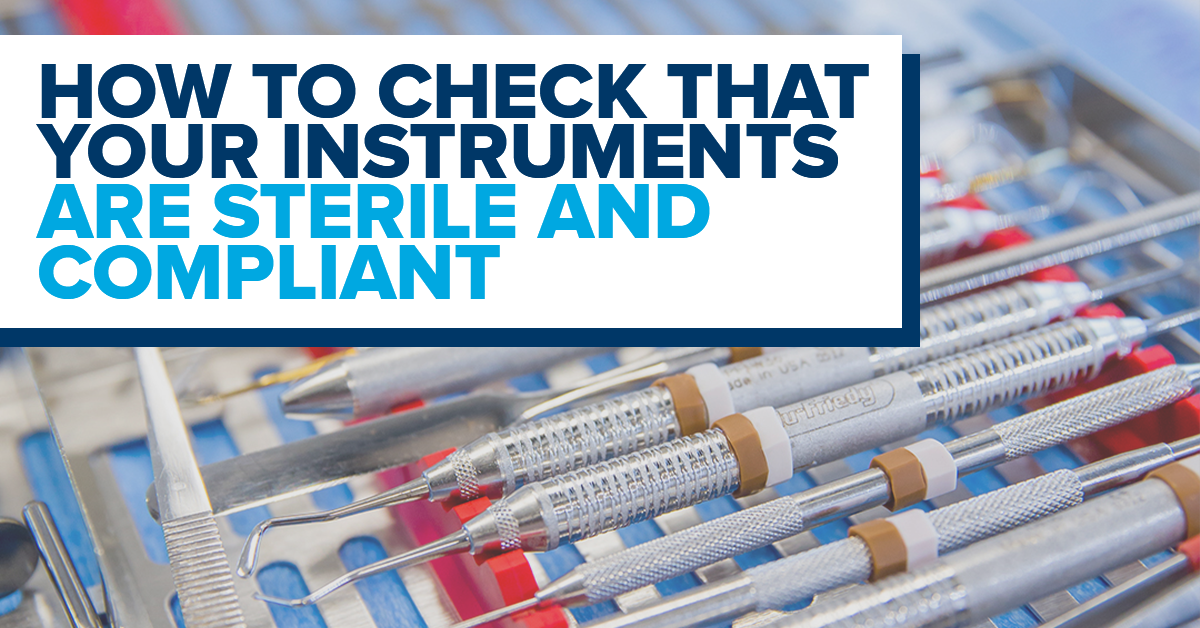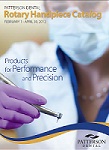Successful hygiene handpiece maintenance requires adhering to a strict regimen of cleaning and lubrication, which sometimes can be challenging in a busy dental practice. Fortunately, you can streamline the process to make it more efficient.
Do you know the different types of dental handpieces?
Learn about some of the most common types of dental handpieces and how they’re being used today.
Extending the life of a dental handpiece: Maintenance tips and more
Ensuring proper dental handpiece maintenance is important for maximizing performance and in extending the life of these important tools. Here are some tips and best practices to extend the life of dental handpieces.
3 Things Hygienists Should Consider When Investing in Instruments and Equipment
By allowing hygienists to select and purchase products, a practice can take advantage of their hygienist’s professional expertise, answering important questions about what equipment is needed and how these choices will work best to treat patients. Here are three key considerations to make when selecting hygiene equipment.
7 Tips for Better Dental Handpiece Maintenance
Dental handpieces are hard-working tools with very delicate internal parts, which is why proper ongoing maintenance can make for the best possible performance and longevity. Here are a few ways to keep your handpieces in tip-top shape.
Managing Aerosols in the Dental Office is Not a New Idea!
The simplest way to prevent aerosol generation in the dental office is to use equipment that does not generate aerosols. For dental hygienists, during the COVID-19 pandemic this has meant little to no use of ultrasonic scaling equipment, a greater reliance on hand scaling and an increased risk of hand and wrist fatigue. The AeroPro Cordless Prophy Handpiece System is one solution.
Dental Instrument Reprocessing and Waterline Maintenance: Behind the Scenes
Safety is a critical part of every dental patient’s experience. They want to feel comfortable about the care you and your team provide, and that includes the steps you take to ensure they’re safe from infection. What patients see in your waiting room and operatories is only part of the story. Would they still feel good about your practice if they looked into your sterilization room or could inspect your dental unit waterlines?
A Quality Assurance Approach of Infection Prevention from OSAP [Part 2]
In part two of its series “Implementing Routine Quality Assurance of Infection Prevention Policies and Procedures,” OSAP continues its close look at instrument reprocessing. Specifically, part two in this series outlines one approach to performing routine quality assurance related to packaging instruments during reprocessing.
A Safer Way to Polish: Splatter Guard Prophy Angles from Young Innovations
As dentists and hygienists question the use of ultrasonic instruments during the COVID-19 pandemic, they may also be looking for ways to eliminate or at least control aerosols and splatter. Young Innovations recently introduced the Splatter Guard® prophy angle, which nearly eliminates airborne particles during prophylaxis polishing. Whitney Howerton, MDH, RDH, gives Splatter Guard a test run.
Failure to replace: Who pays the ultimate price?
The current recommendation for when to replace a scaler is when 20% of the instrument blade width or length is reduced or no longer the original design. But how long it takes for each instrument to reach this threshold is dependent on several factors. Deb (Hume) Brown, RDH, shares some of these factors and how a failure to replace instruments can affect the clinician and the patient.
How to Know Your Instruments Are Sterile and Compliant
Cleaning and sterilizing dental instruments for re-use can be tedious and dull, but the task is a crucial component to ensuring the safety of staff and patients. Further, ensuring that instruments are free of potentially infectious material and debris is critical to the quality care that dental health professionals pledge to provide. Gain a better understanding of this importance and see how to set up an easy-to-maintain compliance program in this guest post from Hu-Friedy.

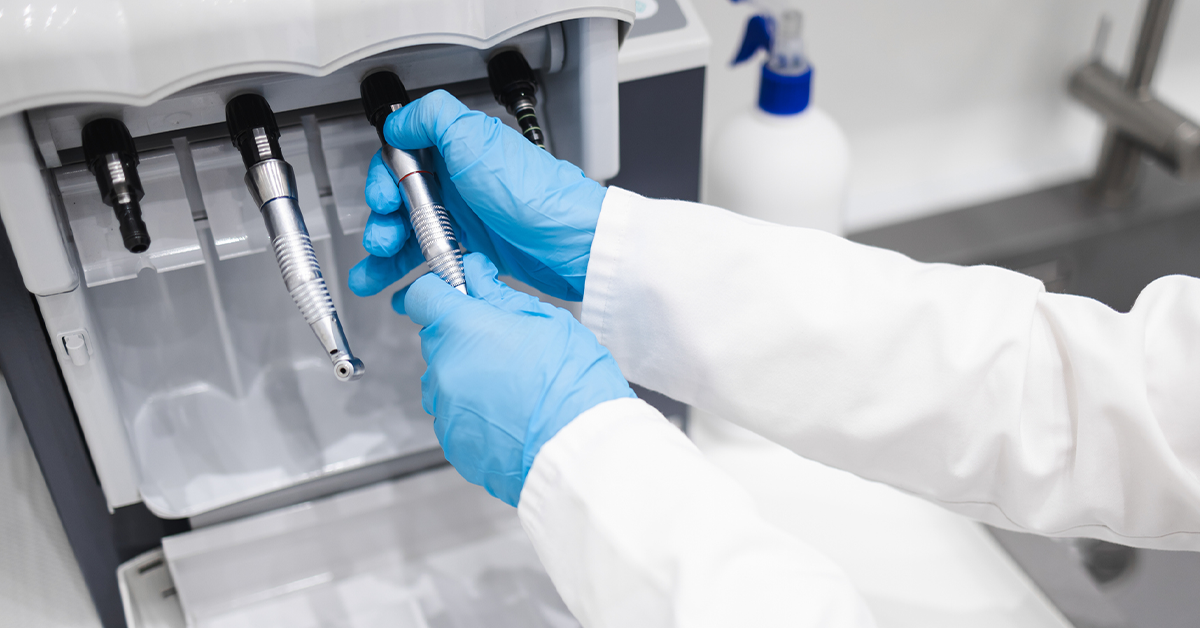

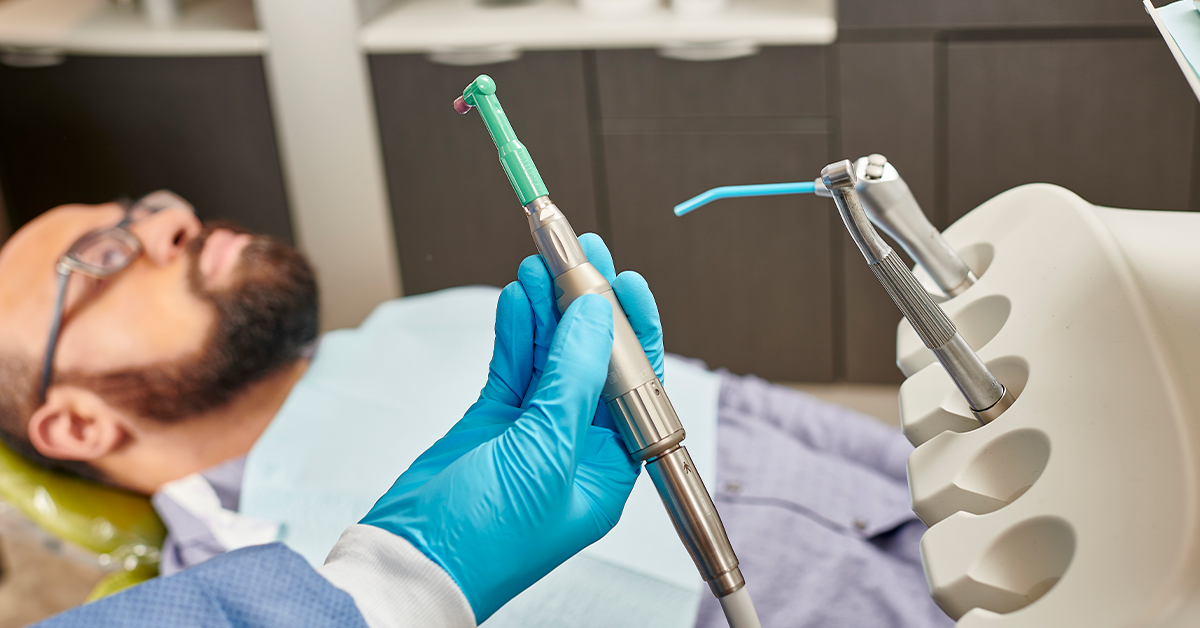
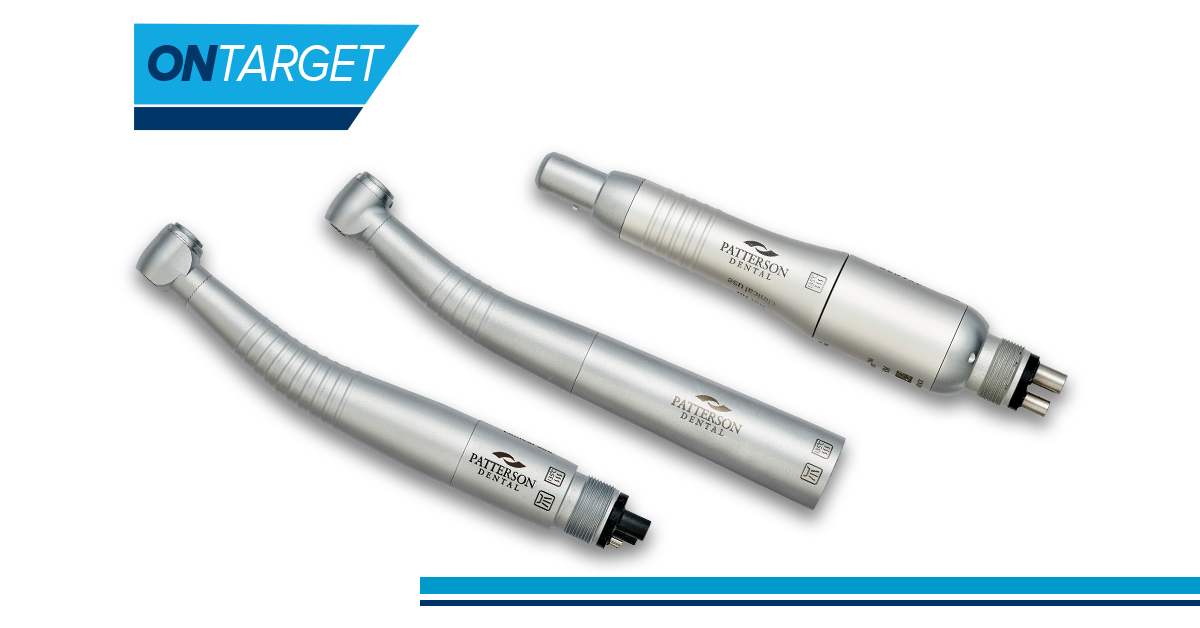


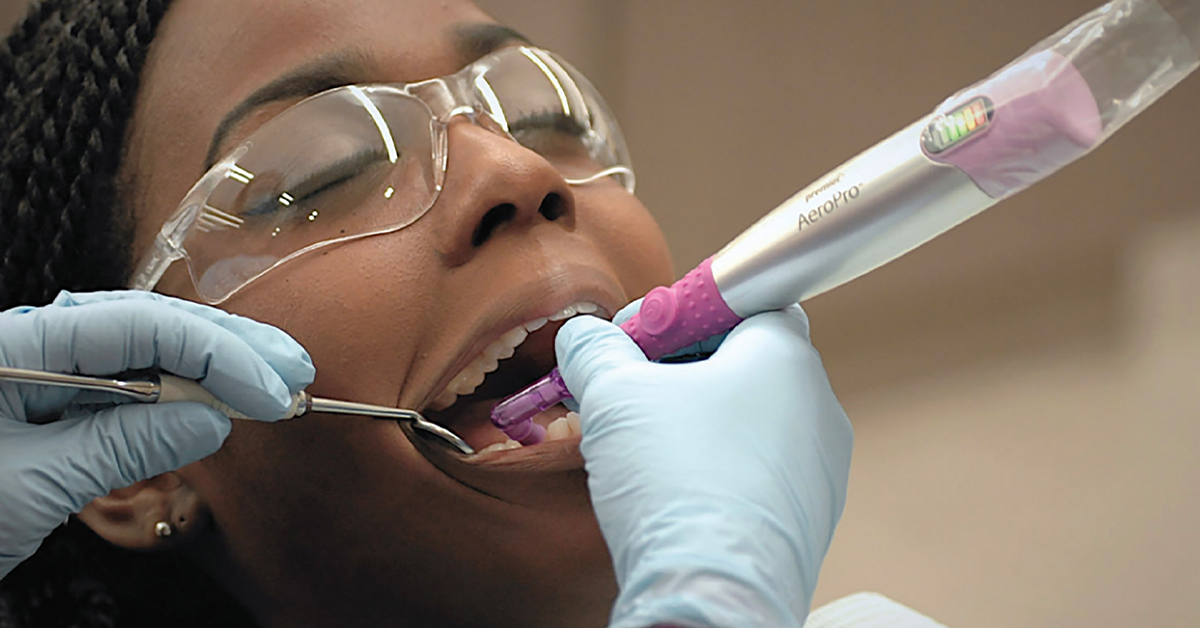

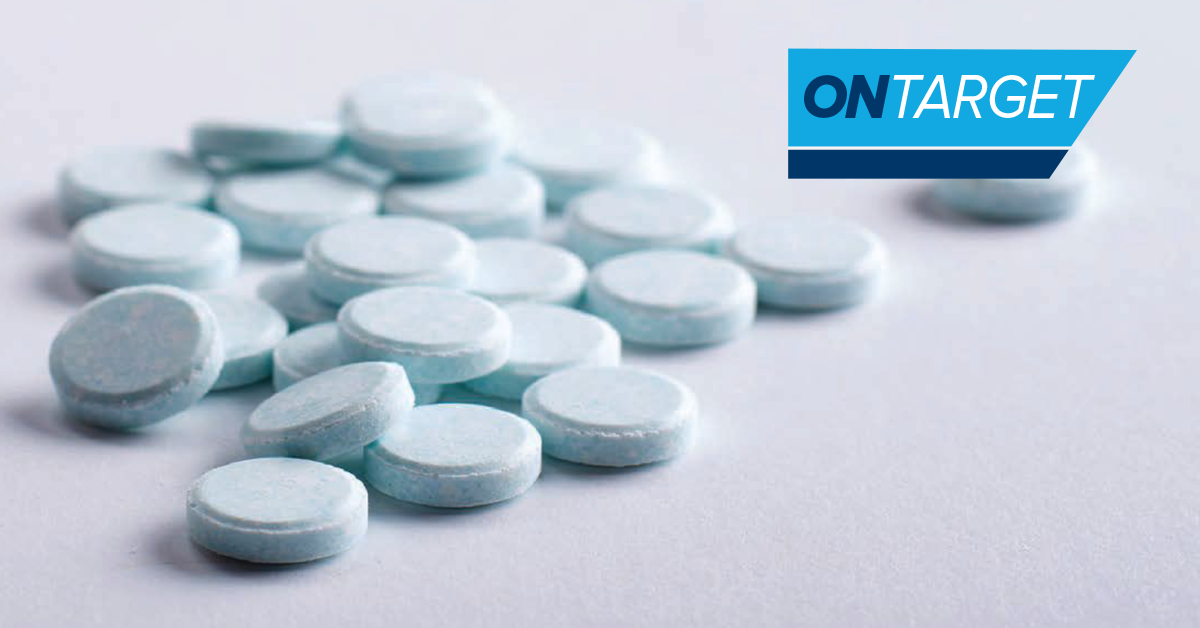
![A Quality Assurance Approach of Infection Prevention from OSAP [Part 2]](https://www.offthecusp.com/wp-content/uploads/2020/08/osap-infection-control-autoclave-dental-sterilization-1200x628-iStock-1025299028.jpg)
